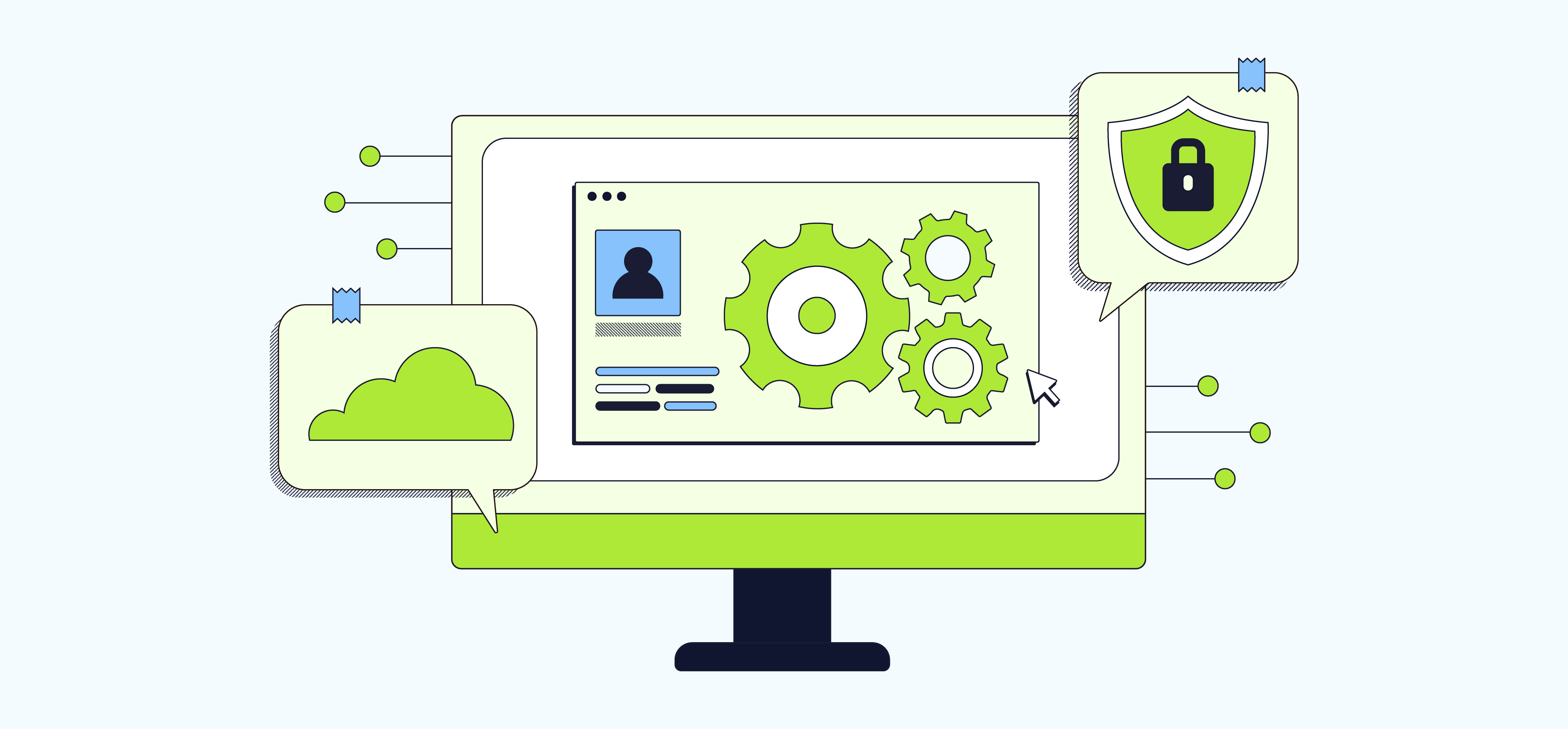ARTICLE AD
It’s hard to imagine a time before the internet gave us the ability to connect to other devices worldwide. These days, connecting to the internet is simple with Wi-Fi or an Ethernet cable. However you get online, there’s a key hardware component that makes that connection possible: the network interface card (or NIC).
What does a network interface card do?
A network interface card is a piece of hardware that allows computers to communicate with other devices on a network. It can also be called an Ethernet card, LAN card, or network adaptor.
A NIC provides a dedicated connection to a network. It contains the circuits necessary to translate the computer’s digital data into the signals used to transfer data in the network, like Ethernet or Wi-Fi.
A NIC also represents the computer on the network. Routers, switches, and other network devices use the unique MAC address of the NIC card to identify the computer.
Think of it as a go-between for the computer and the network. When a user browses the internet, the computer must first send the request to the NIC, which converts the request to electrical signals. These signals travel through the internet to the network card of a web server, which translates the signals back into data that is processed by the web server. When the web server responds with a web page, the process happens again in the reverse direction.
The connection between the software on the computer and the NIC is handled by a driver, which is loaded into the computer’s memory and remains resident while it’s running. Access to the driver by applications that need to connect is delegated by the operating system’s kernel.
Where is a NIC located on a computer?
It depends. Network interface cards were first connected to a computer via an expansion card that plugged into the computer bus. When building a computer, you bought the NIC separately and installed it in one of the slots. But after Ethernet became the standard way of transferring data in networks, motherboard manufacturers started integrating the NIC into the motherboard, either in the motherboard chipset or with a dedicated Ethernet chip.
A NIC may still be installed in a slot on the motherboard, especially in cases where a computer needs to connect to a non-Ethernet network. A NIC can also be portable and connect via USB.
Types of NICs
All NICs are hardware components that allow your computer to connect to a network, but they differ in how they connect to a network or your computer.
Wireless
Wi-Fi is now ubiquitous. Almost every coffee shop, restaurant, and even gas station has a public Wi-Fi connection. NICs that connect to Wi-Fi use an antenna to transmit data to Wi-Fi routers using a radio frequency signal. On laptop computers, this antenna is hidden, but you can see it sticking out of the back of the card on many desktop NICs.
Wired
This type of NIC uses a cable to communicate with the network. Ethernet cables are the most commonly used. Most modern motherboards come with a built-in NIC, and some server motherboards have more than one NIC because they handle a large volume of traffic.
USB
While the other types of NICs in this list are built-in chips or cards that connect to the computer’s motherboard through a slot, this type of NIC is connected by USB.
Fiber optic
Fiber optic cable will give you the fastest connection speeds today, but to take advantage of that speed, you need a NIC that can convert data from digital information to light and back again.
Important elements of a NIC
The following terms often come up in connection with a NIC. It’s helpful to know what they mean if you ever have to troubleshoot issues with a NIC.
Driver
The NIC’s driver is necessary for it to function. It’s the interface between software running on the computer and the NIC hardware. The driver software is installed in the computer’s operating system, and the kernel of the operating system controls access to the driver and the NIC.
MAC address
MAC addresses are unique, unchangeable IDs assigned to a device. You can think of it like the VIN number of a car. No other device connected to a particular router should have that MAC address. These are used by the router to identify your computer on the network.
Speed
All NICs come with a speed rating. NICs are rated by how much data they can transmit per second. NICs have gotten faster over time, so an older network interface card could actually be a bottleneck in your connection to the internet if it is rated for less than your internet connection speed. Common speeds include 10 Mbps (megabits per second), 100 Mbps, and 1 Gbps (gigabits per second). NICs will downgrade their connection speed to match that of the network they are connected to.
Connectivity LED
Most NIC models come with an integrated LED that will indicate when the NIC is connected and transmitting data. These LEDs are often found next to the ethernet ports or above the keyboard.
To sum it all up
The NIC is an essential part of how we connect to the internet or any other network. It’s the hardware device that translates the data in our computers into transmittable data on a network and makes it possible for devices to communicate with each other. Common types of NICs include wired, wireless, and fiber optic.
If you want to learn more about networking and securing computer networks, check out our Introduction to Cybersecurity course. It will teach you the basic concepts of cybersecurity, including network security basics. And if you want to learn more about how computers work, check out our Computer Science career path.

.png) 2 years ago
1025
2 years ago
1025 


 Bengali (Bangladesh) ·
Bengali (Bangladesh) ·  English (United States) ·
English (United States) ·